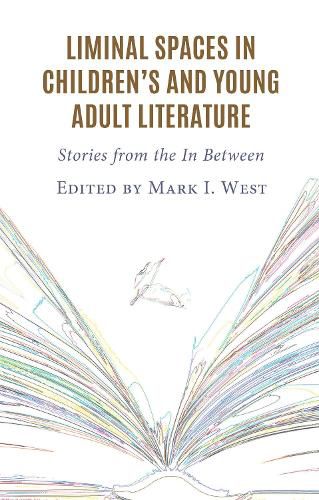Readings Newsletter
Become a Readings Member to make your shopping experience even easier.
Sign in or sign up for free!
You’re not far away from qualifying for FREE standard shipping within Australia
You’ve qualified for FREE standard shipping within Australia
The cart is loading…






Scholars in the field of children's literature studies began taking an interest in the concept of "liminal spaces" around the turn of the 21st century. For the first time, Liminal Spaces in Children's and Young Adult Literature: Stories from the In Between brings together in one volume a collection of original essays on this topic by leading children's literature scholars. The contributors in this collection take a wide variety of approaches to their explorations of liminal spaces in children's and young adult literature. Some discuss how children's books portray the liminal nature of physical spaces, such as the children's room in a library. Others deal with more abstract portrayals, such as the imaginary space where Max goes to escape the reality of his bedroom in Maurice Sendak's Where the Wild Things Are. All of the contributors, however, provide keen insights into how liminal spaces figure in children's and young adult literature.
$9.00 standard shipping within Australia
FREE standard shipping within Australia for orders over $100.00
Express & International shipping calculated at checkout
Scholars in the field of children's literature studies began taking an interest in the concept of "liminal spaces" around the turn of the 21st century. For the first time, Liminal Spaces in Children's and Young Adult Literature: Stories from the In Between brings together in one volume a collection of original essays on this topic by leading children's literature scholars. The contributors in this collection take a wide variety of approaches to their explorations of liminal spaces in children's and young adult literature. Some discuss how children's books portray the liminal nature of physical spaces, such as the children's room in a library. Others deal with more abstract portrayals, such as the imaginary space where Max goes to escape the reality of his bedroom in Maurice Sendak's Where the Wild Things Are. All of the contributors, however, provide keen insights into how liminal spaces figure in children's and young adult literature.